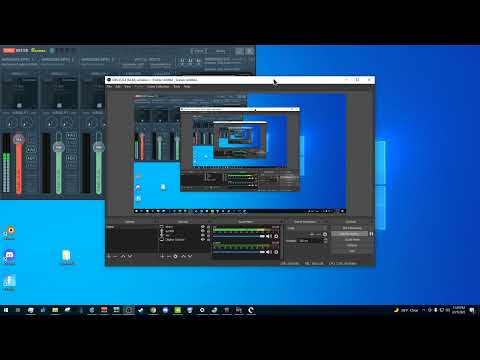Hi all! I have my eye on the DP Repeater + HDMI Splitter, but before I commit to the price tag [which is actually currently not an issue as it is sold out, but still], I want to be sure the product would resolve the particular issue that I’ve been having.
I have a three display setup for my Windows desktop, with 2 displays that I use all of the time and an additional display that I use maybe 10% of the time. Previously, I had a pair of HDMI monitors in addition to my third HDMI TV, so the configuration was like [HDMI|HDMI|HDMI]. It was great! I’d turn them on, they would pop up instantly, everything was where I left it, and it was a flawless experience. Recently, I got the itch for better specs, particularly for framerate, and I updated those 60htz HDMI monitors to 144htz 1440 DP monitors. And while the tech spec experience has been great, there is one issue I haven’t been able to workaround that drives me absolutely nuts.
I now have a [DP|DP|HDMI] configuration. These displays are in my bedroom, which means I turn them off when I sleep. But when I power them down, Windows assumes that the displays are lost and gone forever, leaving my configuration with that single HDMI display. And then as a result, it shoves all of my open windows over to that TV that remains turned off for the majority of time. And then when I turn the DP monitors back on, nothing is there, until I reach for the remote, turn on the TV, and drag all of my windows back over to their proper place. Every. Single. Time. This never happened with my HDMI displays. From my research, this is largely because of something called EDID that is required in the DisplayPort standard. I could go on and on about everything terrible about this, but [this page][see below] provides a fantastic summary of why every potential solution is not entirely viable.
So then! Someone brought the DP Repeater + HDMI Splitter to my attention, and I see that it does some fancy things with EDID and mentions a phantom monitor. 1440p at 120htz is good enough for my requirements, so at the risk of getting my hopes up, I want to be certain about my use case. If I were to buy two of these, and put them between my DP graphics card and my DP monitors, would Windows maintain these displays when I turn them off, leaving all of my windows in place when I turn them back on?
Apologies for the rambling and thank you for the help!
Edit: Apparently I cannot include links, probably because of a new account. So for the reference to [this page], search Google for ’ EDIDone - Disable DisplayPort Hotplug’ and look for the hackaday result.
